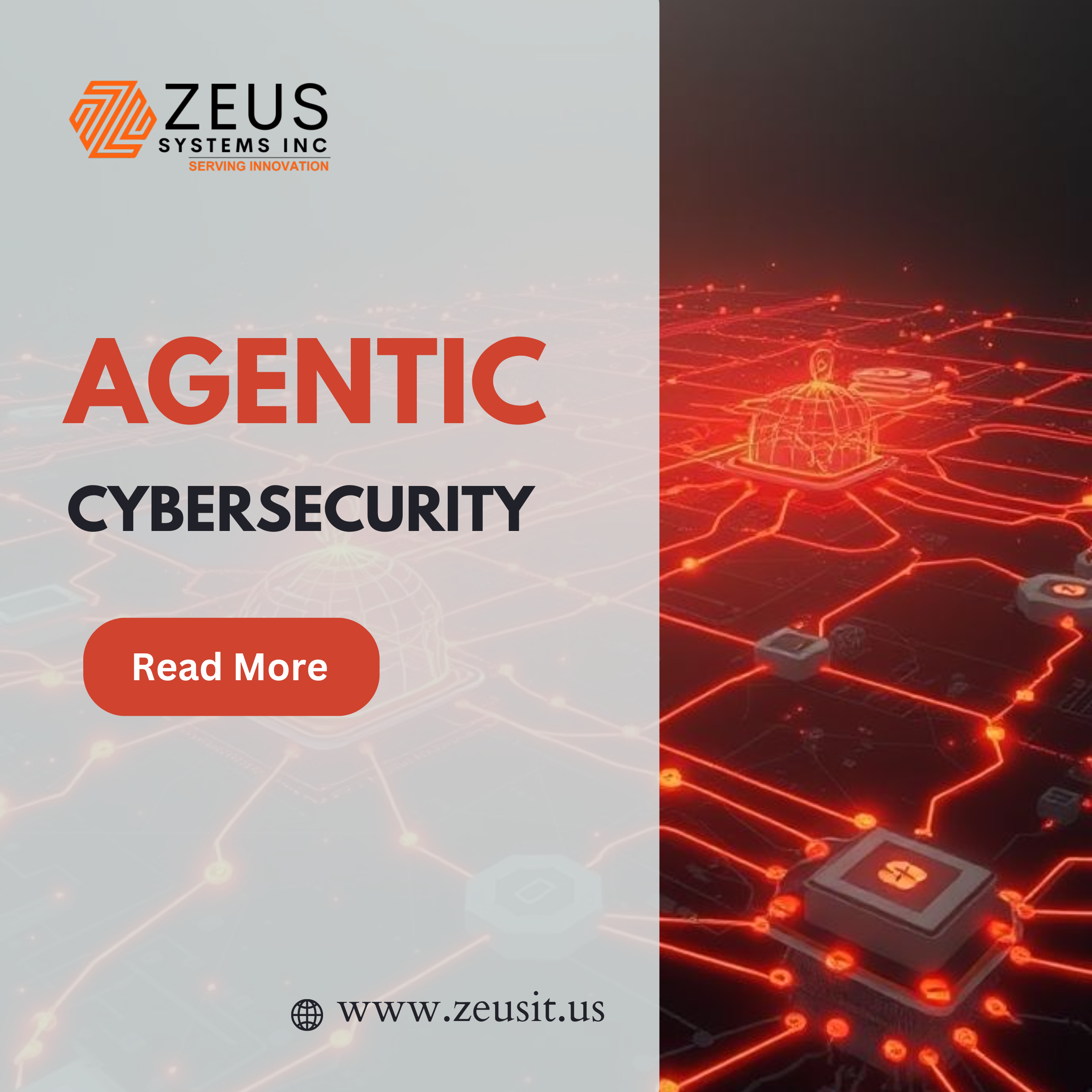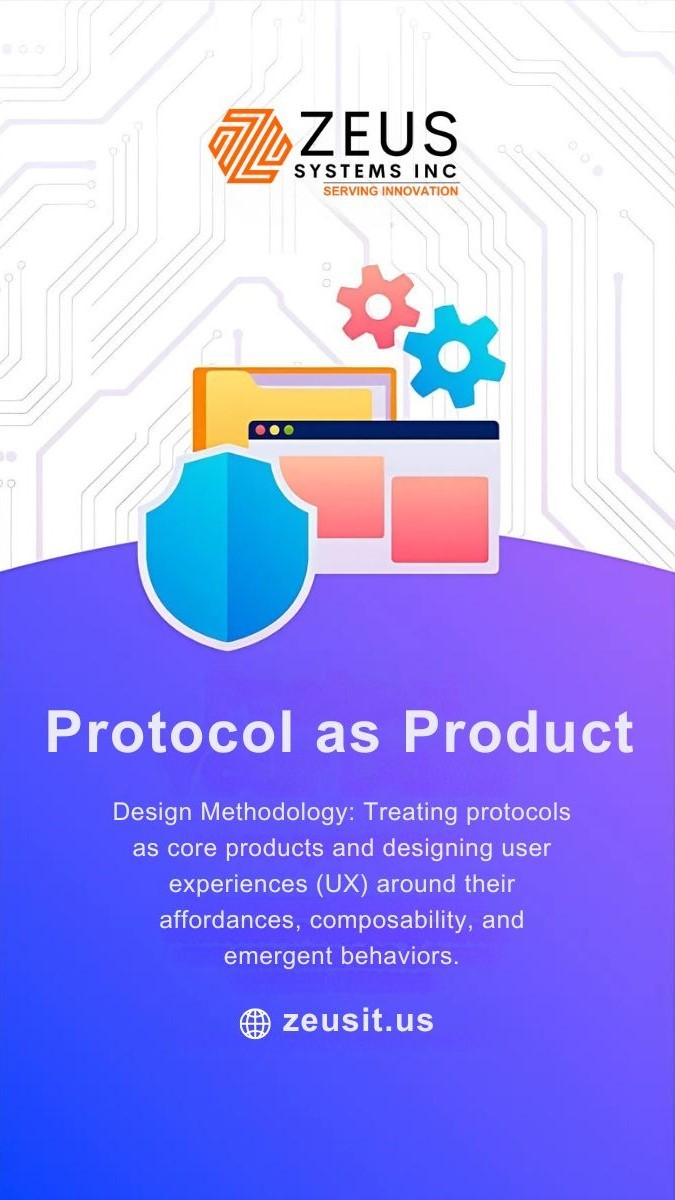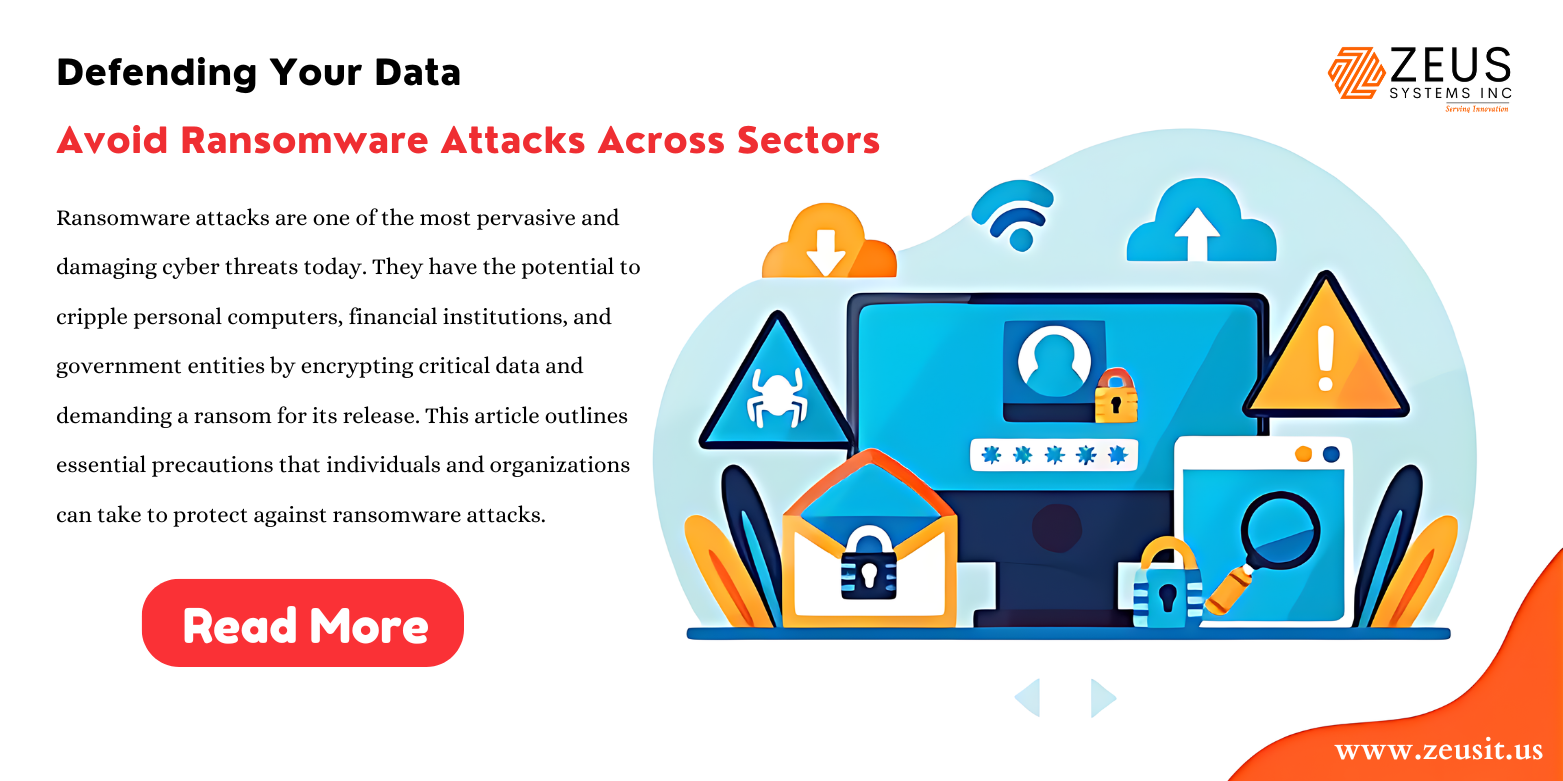Agentic cybersecurity stands at the dawn of a new era, defined by advanced AI systems that go beyond conventional automation to deliver truly autonomous management of cybersecurity defenses, cyber threat response, and endpoint protection. These agentic systems are not merely tools—they are digital sentinels, empowered to think, adapt, and act without human intervention, transforming the very concept of how organizations defend themselves against relentless, evolving threats.
The Core Paradigm: From Automation to Autonomy
Traditional cybersecurity relies on human experts and manually coded rules, often leaving gaps exploited by sophisticated attackers. Recent advances brought automation and machine learning, but these still depend on human oversight and signature-based detection. Agentic cybersecurity leaps further by giving AI true decision-making agency. These agents can independently monitor networks, analyze complex data streams, simulate attacker strategies, and execute nuanced actions in real time across endpoints, cloud platforms, and internal networks.
- Autonomous Threat Detection: Agentic AI systems are designed to recognize behavioral anomalies, not just known malware signatures. By establishing a baseline of normal operation, they can flag unexpected patterns—such as unusual file access or abnormal account activity—allowing them to spot zero-day attacks and insider threats that evade legacy tools.
- Machine-Speed Incident Response: Modern agentic defense platforms can isolate infected devices, terminate malicious processes, and adjust organizational policies in seconds. This speed drastically reduces “dwell time”—the window during which threats remain undetected, minimizing damage and preventing lateral movement.
Key Innovations: Uncharted Frontiers
Today’s agentic cybersecurity is evolving to deliver capabilities previously out of reach:
- AI-on-AI Defense: Defensive agents detect and counter malicious AI adversaries. As attackers embrace agentic AI to morph malware tactics in real time, defenders must use equally adaptive agents, engaged in continuous AI-versus-AI battles with evolving strategies.
- Proactive Threat Hunting: Autonomous agents simulate attacks to discover vulnerabilities before malicious actors do. They recommend or directly implement preventative measures, shifting security from passive reaction to active prediction and mitigation.
- Self-Healing Endpoints: Advanced endpoint protection now includes agents that autonomously patch vulnerabilities, rollback systems to safe states, and enforce new security policies without requiring manual intervention. This creates a dynamic defense perimeter capable of adapting to new threat landscapes instantly.
The Breathtaking Scale and Speed
Unlike human security teams limited by working hours and manual analysis, agentic systems operate 24/7, processing vast amounts of information from servers, devices, cloud instances, and user accounts simultaneously. Organizations facing exponential data growth and complex hybrid environments rely on these AI agents to deliver scalable, always-on protection.
Technical Foundations: How Agentic AI Works
At the heart of agentic cybersecurity lie innovations in machine learning, deep reinforcement learning, and behavioral analytics:
- Continuous Learning: AI models constantly recalibrate their understanding of threats using new data. This means defenses grow stronger with every attempted breach or anomaly—keeping pace with attackers’ evolving techniques.
- Contextual Intelligence: Agentic systems pull data from endpoints, networks, identity platforms, and global threat feeds to build a comprehensive picture of organizational risk, making investigations faster and more accurate than ever before.
- Automated Response and Recovery: These systems can autonomously quarantine devices, reset credentials, deploy patches, and even initiate forensic investigations, freeing human analysts to focus on complex, creative problem-solving.
Unexplored Challenges and Risks
Agentic cybersecurity opens doors to new vulnerabilities and ethical dilemmas—not yet fully researched or widely discussed:
- Loss of Human Control: Autonomous agents, if not carefully bounded, could act beyond their intended scope, potentially causing business disruptions through misidentification or overly aggressive defense measures.
- Explainability and Accountability: Many agentic systems operate as opaque “black boxes.” Their lack of transparency complicates efforts to assign responsibility, investigate incidents, or guarantee compliance with regulatory requirements.
- Adversarial AI Attacks: Attackers can poison AI training data or engineer subtle malware variations to trick agentic systems into missing threats or executing harmful actions. Defending agentic AI from these attacks remains a largely unexplored frontier.
- Security-By-Design: Embedding robust controls, ethical frameworks, and fail-safe mechanisms from inception is vital to prevent autonomous systems from harming their host organization—an area where best practices are still emerging.
Next-Gen Perspectives: The Road Ahead
Future agentic cybersecurity systems will push the boundaries of intelligence, adaptability, and context awareness:
- Deeper Autonomous Reasoning: Next-generation systems will understand business priorities, critical assets, and regulatory risks, making decisions with strategic nuance—not just technical severity.
- Enhanced Human-AI Collaboration: Agentic systems will empower security analysts, offering transparent visualization tools, natural language explanations, and dynamic dashboards to simplify oversight, audit actions, and guide response.
- Predictive and Preventative Defense: By continuously modeling attack scenarios, agentic cybersecurity has the potential to move organizations from reactive defense to predictive risk management—actively neutralizing threats before they surface.
Real-World Impact: Shifting the Balance
Early adopters of agentic cybersecurity report reduced alert fatigue, lower operational costs, and greater resilience against increasingly complex and coordinated attacks. With AI agents handling routine investigations and rapid incident response, human experts are freed to innovate on high-value business challenges and strategic risk management.
Yet, as organizations hand over increasing autonomy, issues of trust, transparency, and safety become mission-critical. Full visibility, robust governance, and constant checks are required to prevent unintended consequences and maintain confidence in the AI’s judgments.
Conclusion: Innovation and Vigilance Hand in Hand Agentic cybersecurity exemplifies the full potential—and peril—of autonomous artificial intelligence. The drive toward agentic systems represents a paradigm shift, promising machine-speed vigilance, adaptive self-healing perimeters, and truly proactive defense in a cyber arms race where only the most innovative and responsible players thrive. As the technology matures, success will depend not only on embracing the extraordinary capabilities of agentic AI, but on establishing rigorous security frameworks that keep innovation and ethical control in lockstep.









